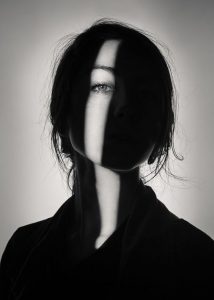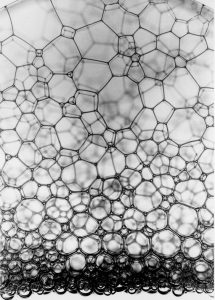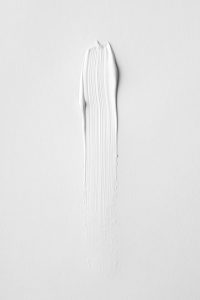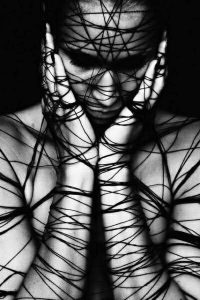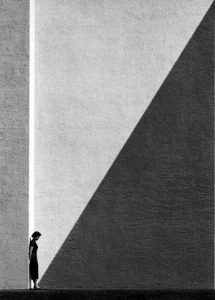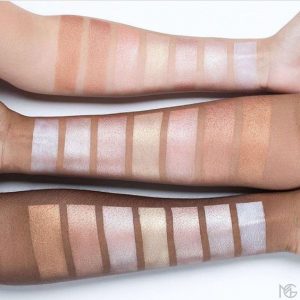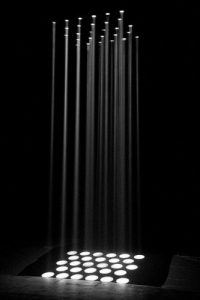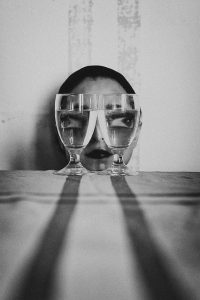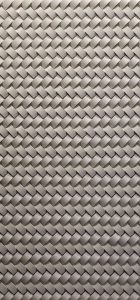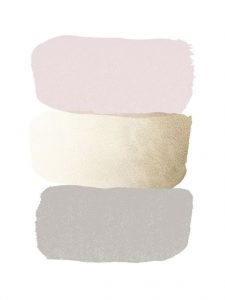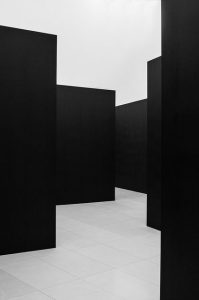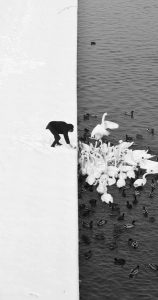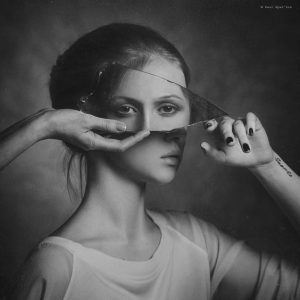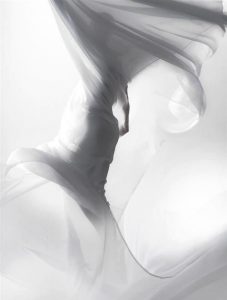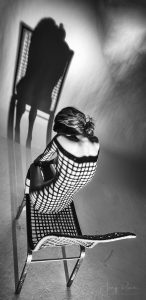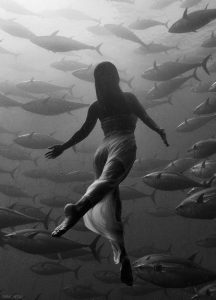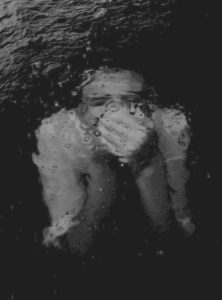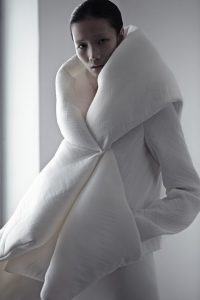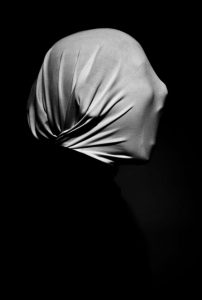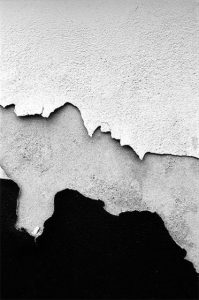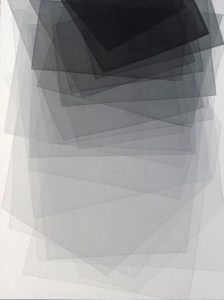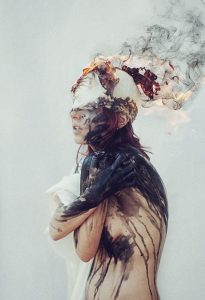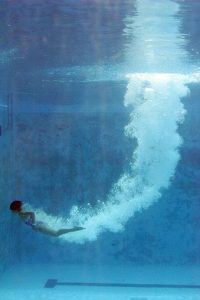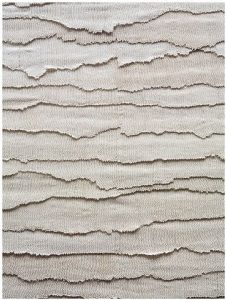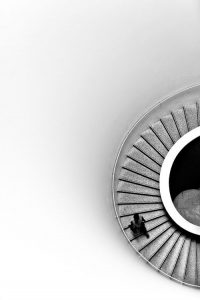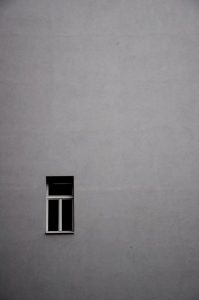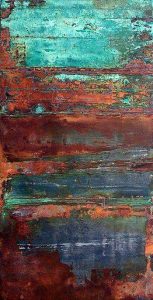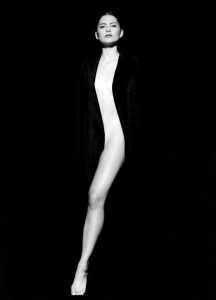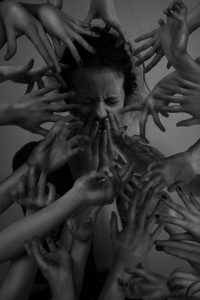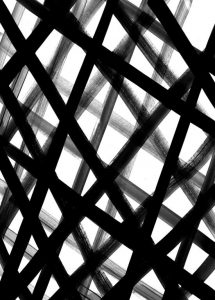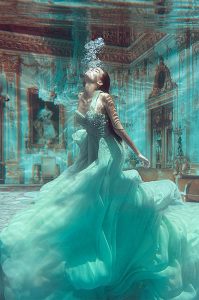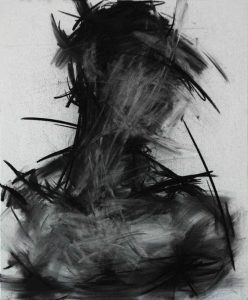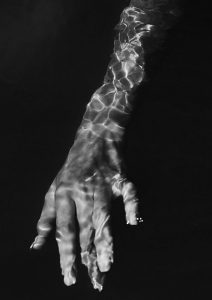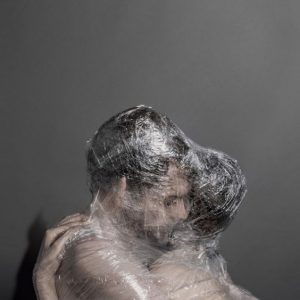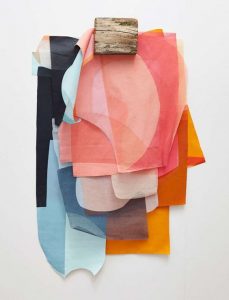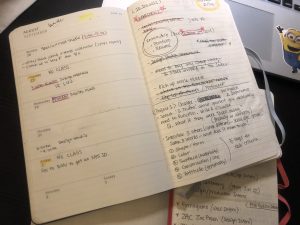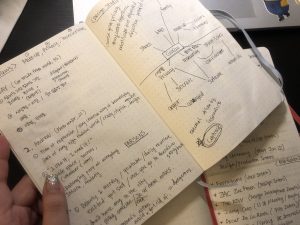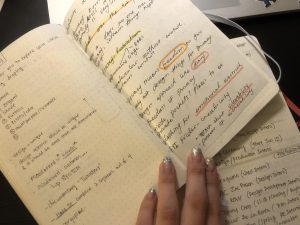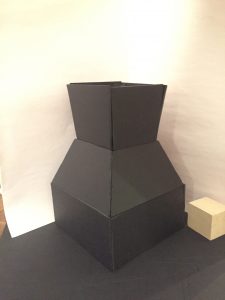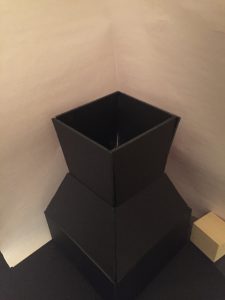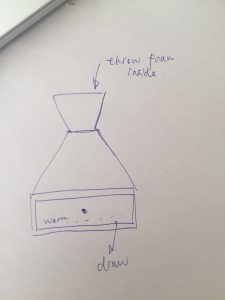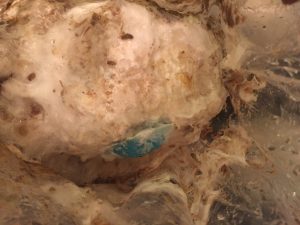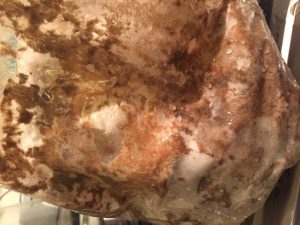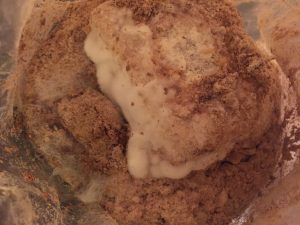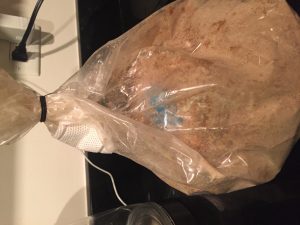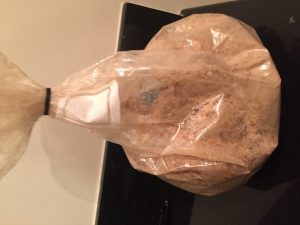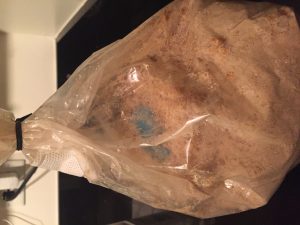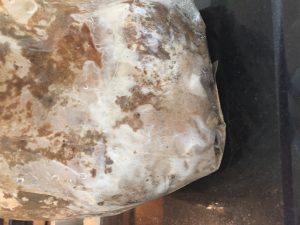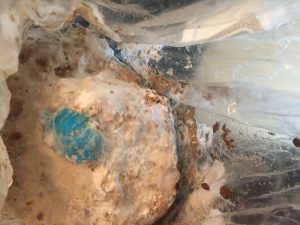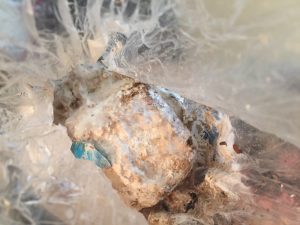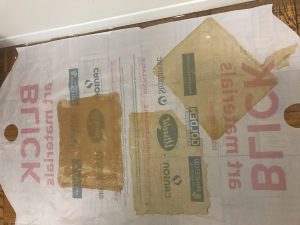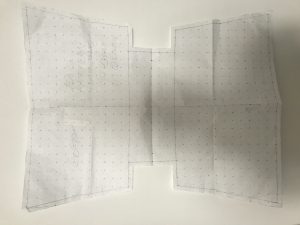Annotated Bibliography
- Welsh, Alexander. Freuds wishful dream book. Princeton, NJ: Princeton University Press, 1994.
Although it is customary to credit Freud’s self-analysis, it may be more accurate, Alexander Welsh argues, to say that psychoanalysis began when The Interpretation of Dreams was published in the last weeks of the nineteenth century. Only by going public with his theory–that dreams manifest hidden wishes–did Freud establish a position to defend and embark upon a career. That position and career have been among the most influential in this century. In August 1899, Freud wrote to Wilhelm Fliess of the dream book in terms reminiscent of Dante’s Inferno. Beginning from a dark wood, this modern journey features “a concealed pass though which I lead the reader–my specimen dream with its peculiarities, details, indiscretions, bad jokes–and then suddenly the high ground and the view and the question, Which way do you wish to go now?” Physician that he is, Freud appoints himself guide rather than hero, yet the way “you” wish to go is very much his prescribed way. In Welsh’s book, readers are invited on Freud’s journey, to pause at each concealed pass in his seminal work and ask where the guide is taking them and why. Along the way, Welsh shows how Freud’s arbitrary turnings are themselves wishful, intended to persuade by pleasing the reader and author alike; that his interest in secrets and his self-proclaimed modest ambition are products of their time; and that the book may best be read as a romance or serial comedy. “Some of the humor throughout,” Welsh notes, “can only be understood as a particular kind of fine performance.” Welsh offers the first critical overview of the argument in Freud’s masterpiece and of the author who presents himself as guide.
- Park, Laureen A. 2007. “Freud’s and Hegel’s Synthesized Ontology: Instinct, Sublimation, Cultural Unconsciousness, and Spirit.” Order No. 3286539, New School University. https://login.libproxy.newschool.edu/login?url=https://search-proquest-com.libproxy.newschool.edu/docview/304704099?accountid=12261.
The aim of the dissertation is to do a comparative study of the ontological views of Freud and Hegel with a view to synthesize them. A synthesized view is desirable for it would provide a bridge between their two positions, which initially seems radically disparate. On the one hand, the synthesized ontology would provide Freud’s solipsistic, hallucinatory subject a link back to objective being. On the other hand, it would resist the assimilation into Hegel’s rational Spirit such that irrational being would retain a proper role. The dissertation develops Freud’s ideas about instinct and its relation to meaning, culture, and sublimation. I develop his ideas from his earliest to latest works, including the Project and Moses and Monotheism. The movement shows the progression of his ideas from the solipsism of the dreaming subject to culture. Only the latter makes sense of the former, and the process mediating the two is sublimation. The dissertation focuses on the Phenomenology of Spirit in regards to Hegel. It is the work wherein he addresses life and desire. I show that the common motif throughout this work is the sacrifice of natural being for the sake of the spiritual one. This culminates in religious consciousness in which the divine man gives over his nothingness in death, but is resurrected into Spirit. Freud helps to thematize natural being as a calamitous nothingness. He helps Hegel to acknowledge contingency without overcoming it. Subject is both conscious and unconscious. As it turns out, culture is too. There is an unconscious archaism that forms the arché of teleological Spirit. Neither is human being reducible to instinct, nor is it to rationality. Sublimation helps us to understand the subject that may transform instinct into cultural ideals and objects. Spirit sets the conditions for the whole. Spirit is the futural tertiary movement that unites essence, its othering and return. The vicissitudes of instinct are mute in the face of Spirit always ahead of itself in genuine possibilities.
- Miller, James Grier. 1942. “Definitions and Criteria of Unconsciousness.” In Unconsciousness; Unconsciousness., 16-44, Chapter vi, 329 Pages. HOBOKEN: John Wiley & Sons, Inc., John Wiley & Sons Inc, Hoboken, NJ. doi:http://dx.doi.org.libproxy.newschool.edu/10.1037/11169-001.
This chapter provides definitions and criteria for unconsciousness. The author provides sixteen meanings of unconscious, and notes that the word “unconscious” has been worked overtime to convey all these meanings. It is argued that for clarity’s sake it is essential that these diverse significances be kept separate. (PsycINFO Database Record (c) 2016 APA, all rights reserved) (Source: chapter)
- Meumann, E. 1913. “A Survey of the Modern Psychology of Memory.” In The Psychology of Learning: An Experimental Investigation of the Economy and Technique of Memory; the Psychology of Learning: An Experimental Investigation of the Economy and Technique of Memory., 1-33, Chapter xix, 393 Pages: D Appleton & Company, D Appleton & Company, New York, NY. doi:http://dx.doi.org.libproxy.newschool.edu/10.1037/10906-001.
This chapter provides an overview of the modern psychology of memory. Memory is defined as the capacity to retain perceptions or ideas and subsequently to revive them, or at least to experience after-effects of their former presence in consciousness. It is noted that educational psychology regards memory as a definite function and capacity which serves certain educative purposes. General or theoretical psychology, on the contrary, concerns itself, as a rule, not with mental capacities or functions but only with mental processes. The mental processes which are fundamental to memory are, on the one hand, the imprinting of impressions and the forming of associations among ideas, and on the other hand, the reproduction or revival or reappearance of ideas in consciousness; between these two processes lies the hidden intermediate member, the after-effect of former impressions or ideas, which is to be conceived as a latent survival of the dispositions and associations which were established by the original imprinting. The chapter describes how the doctrine of memory and its origin in the association and reproduction of ideas has undergone a considerable change in modern psychology. The significance of memory has been essentially broadened and extended; and attempts have been made to distinguish memory more accurately from cognate mental processes. (PsycINFO Database Record (c) 2016 APA, all rights reserved) (Source: create)
- Blass, Rachel B.. 2002. Meaning of the Dream in Psychoanalysis. Albany: State University of New York Press. Accessed February 26, 2018. ProQuest Ebook Central.
- Zola, Émile, and Michael Glencross. The dream. London: P. Owen, 2005.
- Cohen, Ira H. Ideology and unconsciousness: Reich, Freud, and Marx. New York: New York University Press, 1982.
